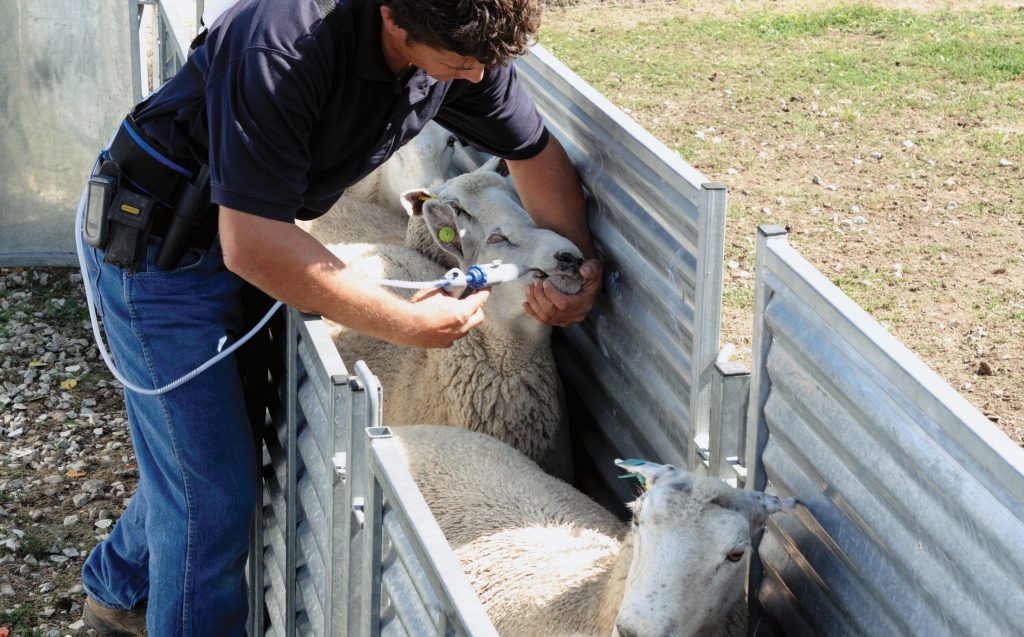$10 off on your first order.
We’ll send you the $10 OFF coupon as soon as you submit your email. Join now for instant savings!

We know spring is a busy season for sheep farmers.
As a result, below we present some quick and easy recommendations for products that will allow you to achieve optimum results in managing lice and worms and in preventing flystrike.
Firstly, we recommend taking a comprehensive look at all the chemicals you are using for all three different issues this year so that you are minimising the chance of resistance developing and maximising the effectiveness of all products used.
Then we recommend the following:
| LOUSICIDES | |||
| Neonicotinoids | Spinosyns | Macrocyclic lactones | Organophosphates |
| imidacloprid (e.g. Avenge) | spinosad (e.g. Extinosad Pour On)
| ivermectin (e.g. Coopers Blowfly and Lice) | diazinon (e.g. Eureka Gold)
|
| thiacloprid (e.g. Viper) | abamectin (e.g. Coopers Maverick) | ||
Finally, always apply each product as recommended on the label to maximise the benefit of each chemical. Other on farm and grazing management strategies also of course have a significant positive effect in reducing the incidence of flystrike, worms and lice over the longer term.
References:
Rural Business, Best Practice Starts With You by Dr Kathryn Humphries, Wormboss Effective Use of Long-Acting Drenches and Elanco.
https://eldersrural.com.au/news/its-time-to-take-a-stand-against-resistant-sheep-lice/
Join now for instant savings!
$10 off on your first order. Join now for instant savings!
We’ll send you the $10 OFF coupon as soon as you submit your email. Join now for instant savings!